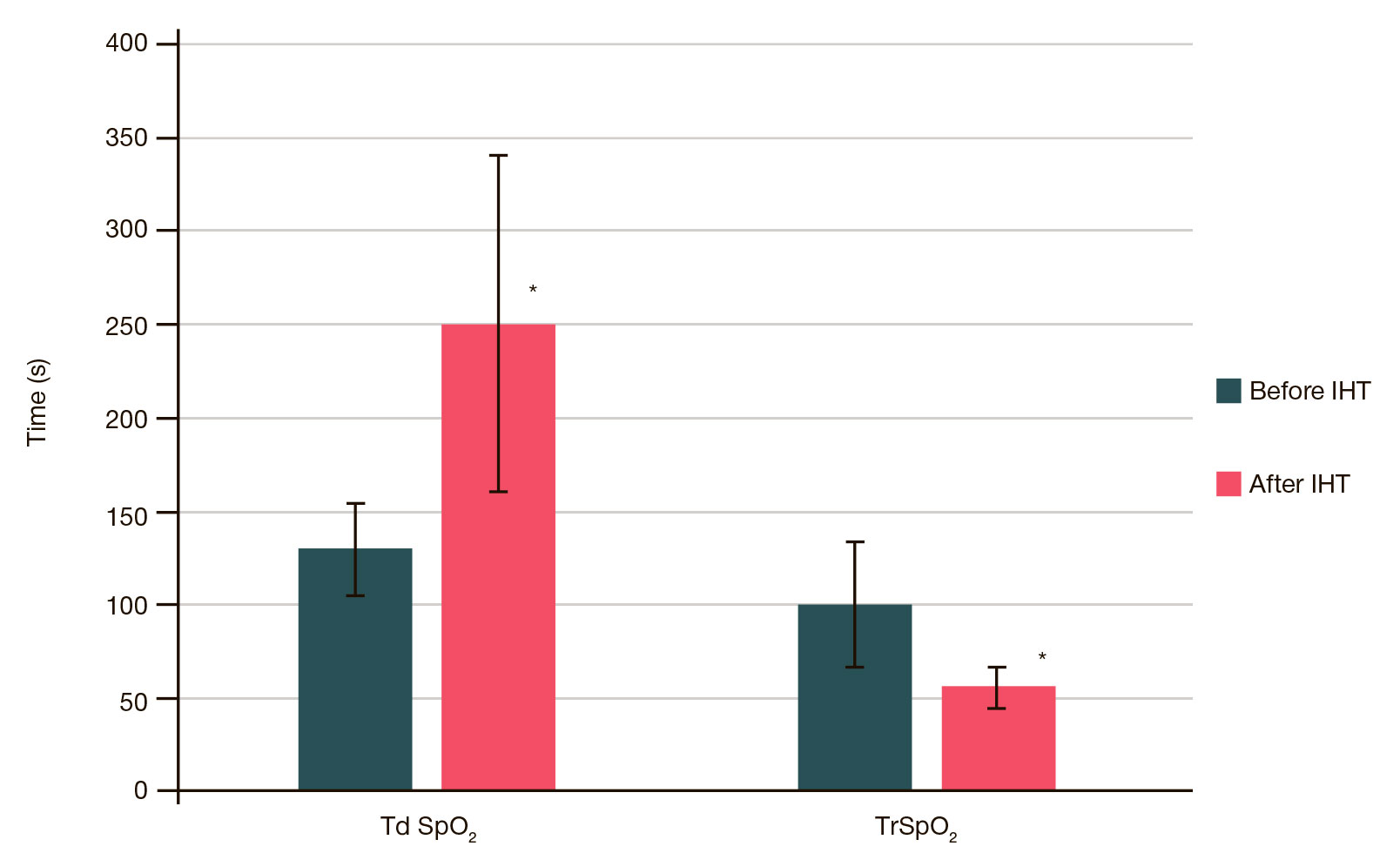
This article is an open access article distributed under the terms and conditions of the Creative Commons Attribution license (CC BY).
ORIGINAL RESEARCH
Adaptation to intermittent hypoxia: dynamics of blood oxygen saturation and some hematological parameters
Burnasyan Federal Medical Biophysical Center, Moscow, Russia
Correspondence should be addressed: Vladimir P. Katuntsev
Dyshinskaya, 14, kv. 82, Moscow, 111024; ur.xednay@takpv
Funding: the study was carried out under the State Assignment for FMBA, with no additional funding.
Acknowledgements: the authors thank all volunteers who participated in this study.
Author contribution: Katuntsev VP conceived and designed the study, wrote the manuscript; Zakharov SYu, Sukhostavtseva TV, Puchkova AA collected and analyzed the obtained data; Sukhostavtseva TV performed statistical analysis; Zakharov SYu, Sukhostavtseva TV edited the manuscript.


